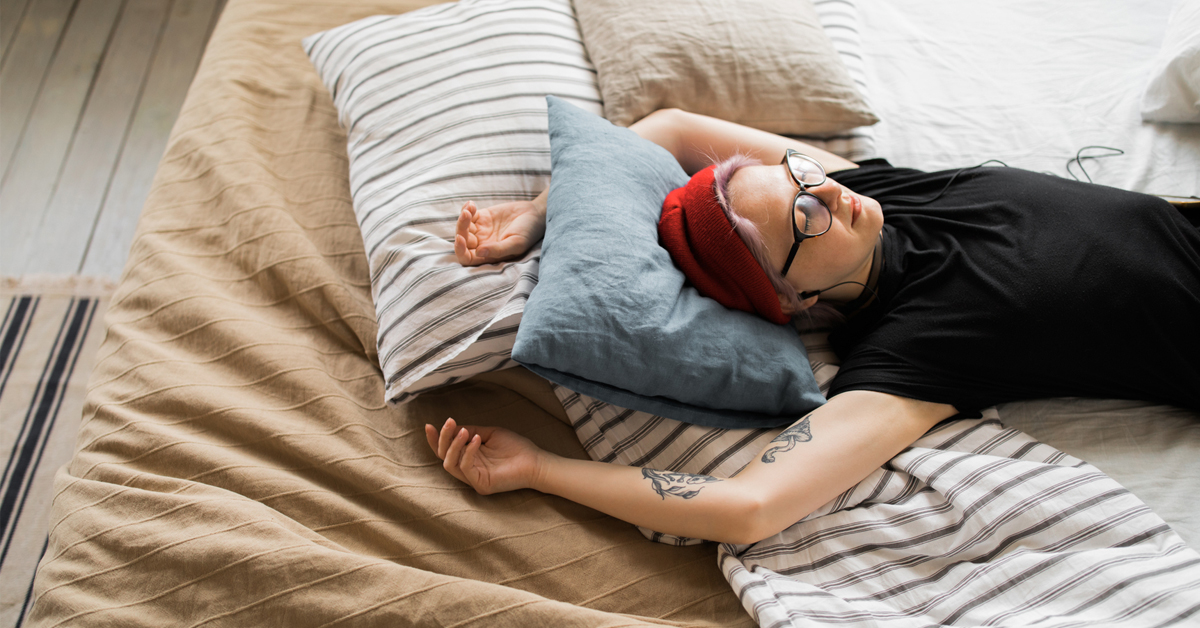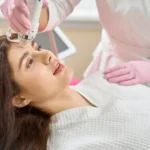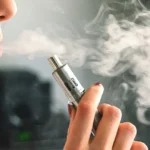Mold is a kind of fungus and there are various species of mold. This fungus grows in places that are moist and warm such as basements, showers and toilets. It also thrives in climates that are humid or in homes that make use of humidifiers. You can also find it on paper, dirt or wood. If you notice that your house has mold, do not ignore it. Although it causes minor symptoms such as coughing and a stuffy nose for some people, for others who have asthma, allergies, a chronic respiratory disease or a weak immune system, the symptoms can be quite severe. As such, it should be removed.
If you suffer from asthma, the fungus can cause you to have an asthma attack. For those that have a chronic respiratory disease, they might find it increasingly difficult to breath. Individuals with an immune system that is weak may also get a skin or a lung infection. Mold should also be removed as it may affect kids; the fungus can be a risk factor for the asthma.
It is believed by some that there is a link between mold and conditions such as headaches, memory loss, as well as infant pulmonary hemorrhage. However, that theory has not been successfully proven. Those that have that belief claim that the reason why people end up suffering from these conditions is because of compounds in the fungi that are known as mycotoxins. According to research, it has not been proven that these compounds can lead to diseases.
Diagnoses
Currently, there are no tests that indicate where or when someone may have been exposed to the fungi. What a doctor can only do to see if you are allergic to the fungus is to examine your symptoms and conduct some tests. The doctor can do a blood test where he takes a sample of your blood and send that sample to a laboratory so that they can quantify specific antibodies that show whether or not your immune system is sensitive to the mold. The doctor can also do what is called a skin prick test. With this type of test, the doctor takes a little bit of the mold and puts it on the skin. In the event that you have an allergy, you will notice a rash, bumps or hives.
Mold exposure treatment options
Nasal sprays and rinses
In order to treat the symptoms, you can make sue of over-the-counter nasal corticosteroids. These medications help to minimize inflammation of the airway. As for rinses, a solution of distilled warm water and saline can be used to rinse the nasal passages and get rid of congestion.
Antihistamines and Decongestants
You can also use over-the-counter antihistamines like loratadine to minimize the immune system’s response, thereby reducing inflammation. Decongestants like Sudafed work by keeping the swelling associated with an allergic reaction down.
Allergy shots
Another mold exposure treatment is getting a shot containing allergens on a regular basis. These shots can actually help to build the immune system.
Looking for mroe info? Take a look at https://moldtreatmentcenter.com/treatment/.










